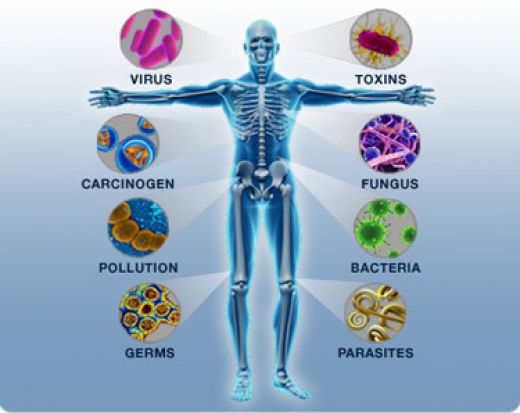1. Infectious disease – those spread by contact with
infected people or animals, through airborne inhalation, or by water or food –
are still threads to us today. The influenza virus for example infects a
staggering 5 million people worldwide every single year, travelling from person
to person in airborne droplets, and causing chills, fever, sore throat, runny
nose, headaches and muscle pain.
2. The flu virus changes gradually by a process known
as antigenic drift. As the virus replicates, single nucleotide errors occur in
the viral genome, causing minute changes to the proteins that coat the outside
of the virus. The immune system recognizes these proteins to detect and destroy
the infection, so as they change, the ability of the body to recognize the
virus decreases, preventing people from building up immunity. Not only does the
virus make continual, subtle changes to its genome and proteins, but it also
occasionally develops huge mutations.
3. Spanish Flu is a truly global pandemic, some
believe that this influenza virus, which emerged in 1918, killed as many as
40-50 million people around the world. The Black Death is an infamous bubonic
plague outbreak swept across Asia into Europe with a total death toll of
roughly 100 million.
4. Flu virus can definitely cause a pandemic in the
future. As for other diseases, it is hard to predict. The human immunodeficiency
virus has raged since the early-Eighties. This pandemic has claimed around 25
million lives. Approximately 34 million people currently have HIV across the
globe. Could a pandemic end humanity? It could. But there are medical and
allied sciences like epidemiology and modelling are so strong now. It is
unlikely a pandemic would wipe out humanity, but it could cause huge damage,
particularly in some areas of the world with weak health infrastructure.





Комментариев нет:
Отправить комментарий